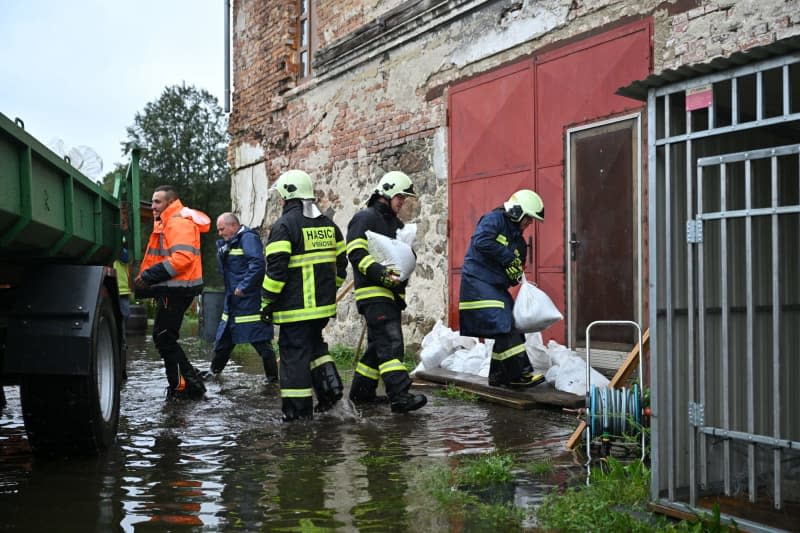A dam in south-west Poland burst late Saturday following heavy rainfall, as emergency responders in Poland, the Czech Republic and parts of Austria continue to grapple with severe flooding caused by historic rainfall across central Europe.
The Lower Silesian municipality of Bystrzyca Kłodzka said that the dam in Międzygórze had overflowed, despite efforts to drain water and prevent the surge.
The Regional Water Management Authority in Wrocław called the situation critical, prompting evacuations from lower-lying villages.
The dam, built at the beginning of the 20th century in the Kłodzko Valley on Poland’s border with the Czech Republic, is 29 metres high. Its flood control reservoir can hold almost a million cubic metres of water.
Since Friday morning, more rain has fallen in south-west Poland than during the so-called millennium flood of 1997, and the alert level has been exceeded at 47 gauging stations across the country.
In Austria meanwhile, 42 municipalities have been declared disaster zones as flood levels in the country continued to rise. The situation is particularly tense along the rivers Kamp and Kremps, which flow into the Danube.
Stephan Pernkopf, deputy governor of Lower Austria, said that the region’s flood defences – strengthened after severe flooding in 2002 – were designed to withstand floods occurring statistically once every 100 years.
However, with heavy rain expected to continue, meteorologists are warning that the situation could get worse.
They say the Danube could reach levels seen once every 30 years in Austria’s Weinviertel and Mostviertel regions.
At least four people were killed in eastern Romania on Saturday after the country was battered by heavy rains and flooding.









